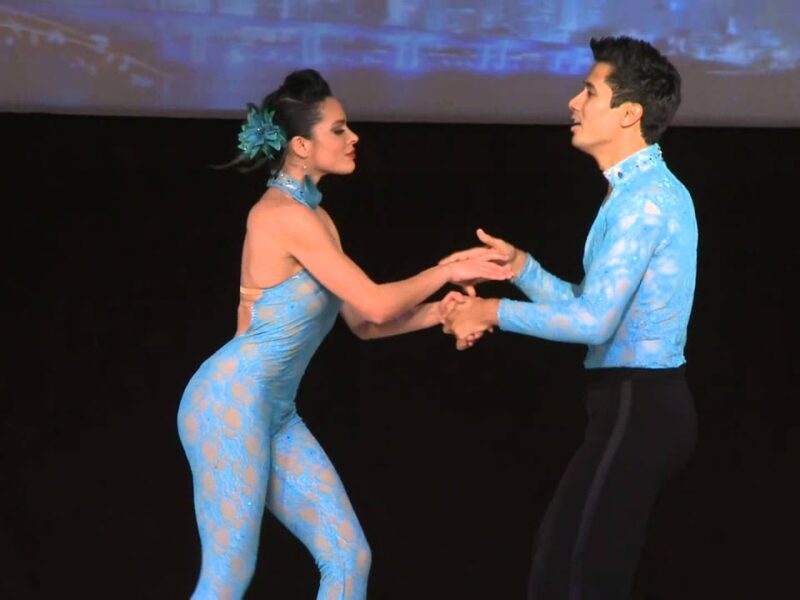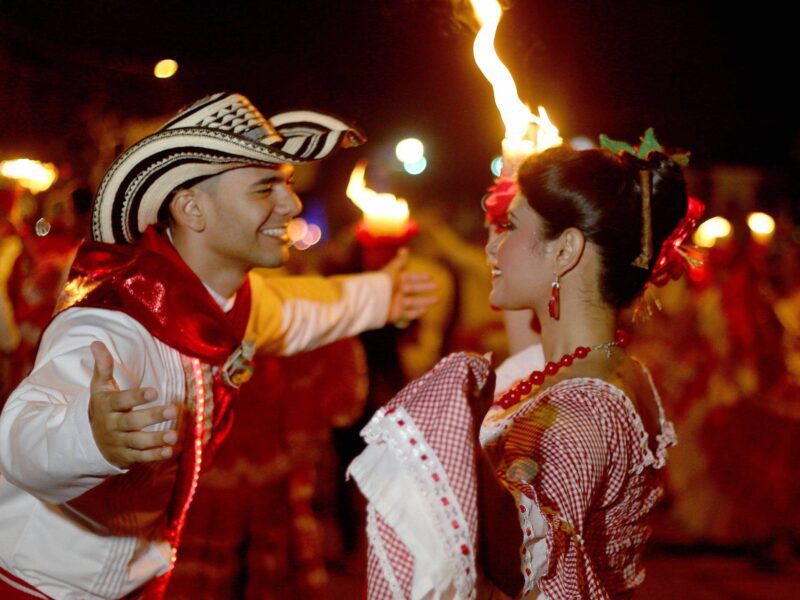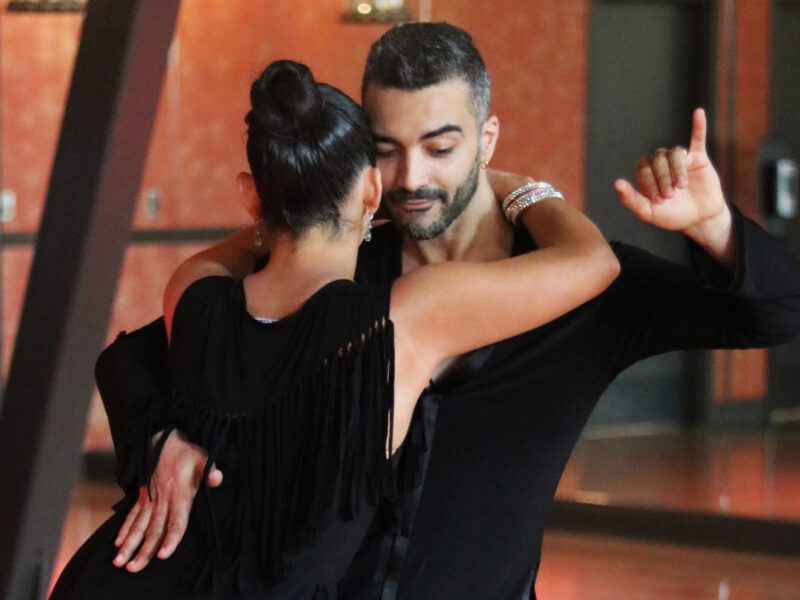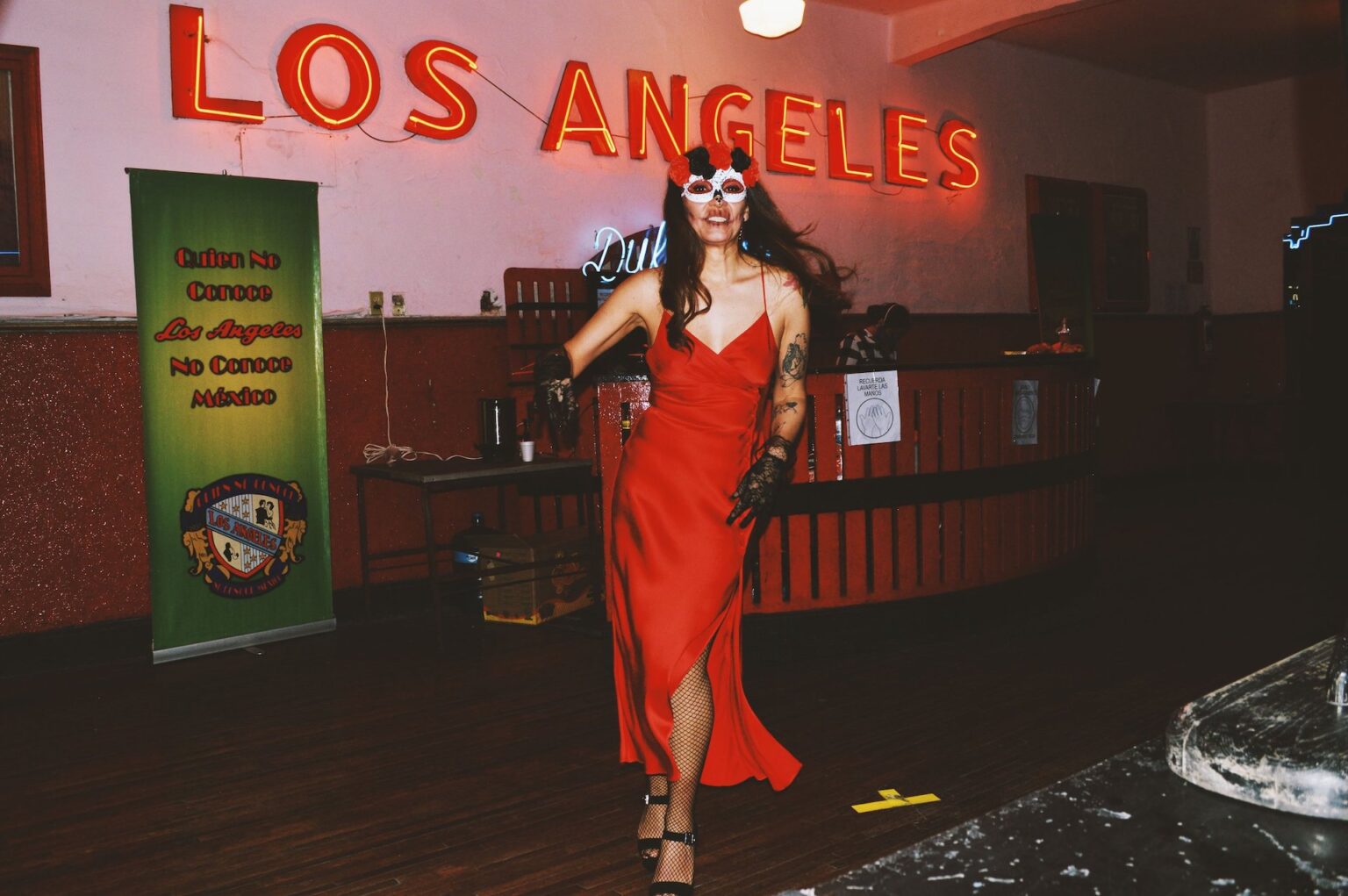
Do they dance cumbia differently in Mexico? Find out the differences
Cumbia, the lively and infectious dance style, has transcended borders to become a cultural phenomenon celebrated across Latin America and beyond. However, the way cumbia is danced can vary significantly based on regional influences, historical context, and cultural traditions.
This article explores the distinct differences in dancing cumbia in Mexico City (CDMX) and Colombia, shedding light on how each region’s unique characteristics have shaped the dance, while maintaining the genre’s vibrant and rhythmic essence.
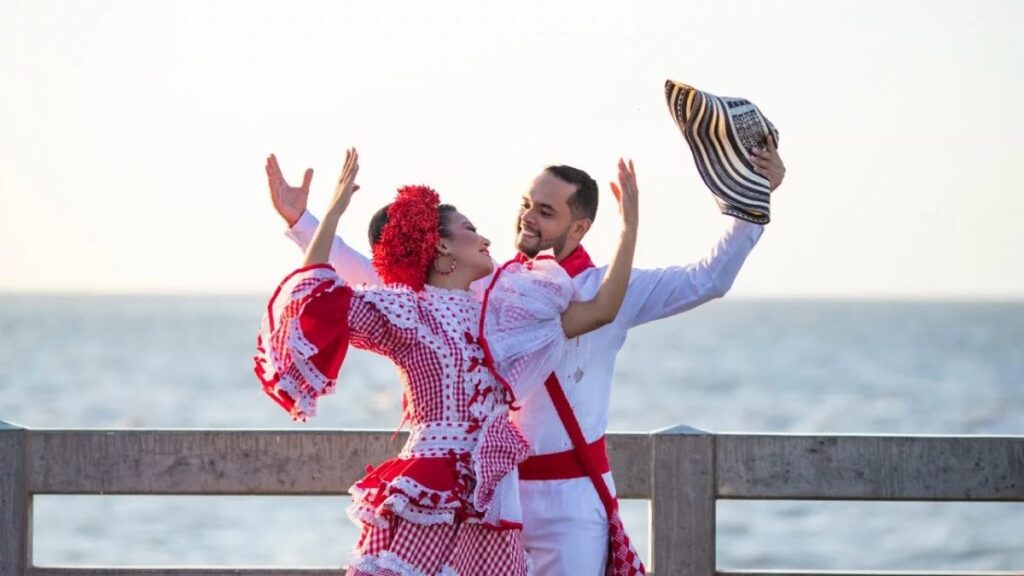
Cumbia’s Origins and Evolution
Cumbia originated in the coastal regions of Colombia, with its roots tracing back to the cultural fusion of indigenous, African, and Spanish influences.
From its humble beginnings as a courtship dance in Colombia, cumbia has evolved into a global dance phenomenon celebrated in various forms across Latin America. In Mexico City, cumbia arrived through migration and cultural exchange, adapting to the city’s urban setting and adding new layers to its dance style.
Cumbia in Colombia: A Celebration of Tradition
In Colombia, cumbia remains deeply rooted in its cultural heritage. Traditional cumbia dancing emphasizes the dance’s historical origins and symbolism. Dancers often wear traditional costumes, with women in long skirts adorned with vibrant colors and men in white clothing.
The dance itself is characterized by flowing movements, hand gestures, and partner interactions that reflect the dance’s courtship origins. Colombian cumbia embraces the intricate footwork patterns and embraces the genre’s historical significance.
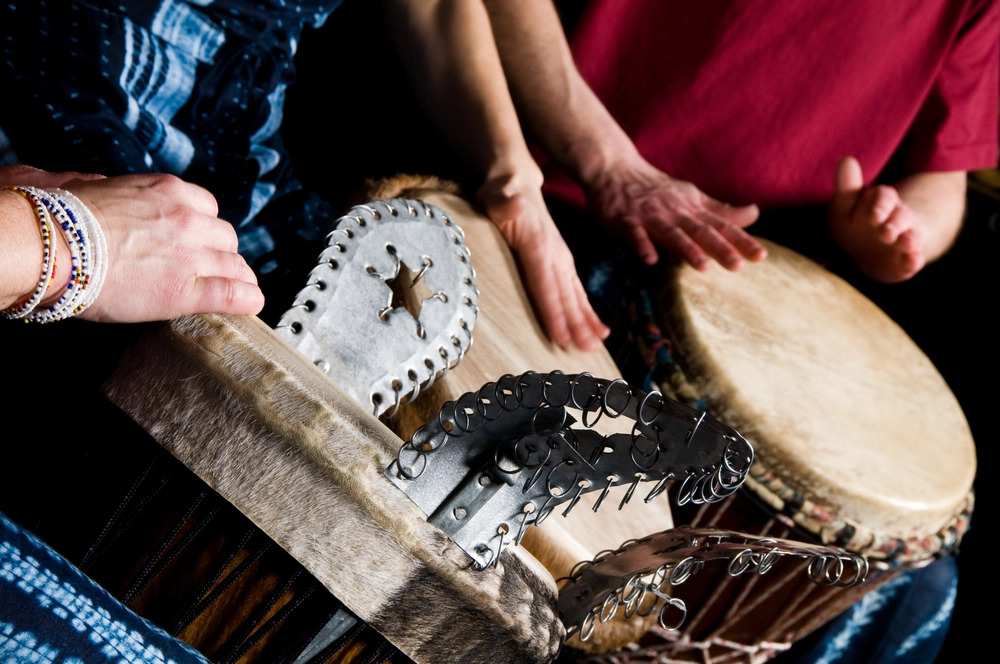
Cumbia in Mexico City: Urban Fusion and Creativity:
In Mexico City, cumbia took on a new identity, influenced by the city’s vibrant urban culture and diverse population. The dance evolved to incorporate modern elements, making it a versatile and adaptable style. Mexican cumbia often features energetic footwork, expressive upper body movements, and an incorporation of contemporary dance moves.
Dancers in CDMX embrace the genre’s upbeat rhythm while adding their unique creativity to the dance, resulting in a dynamic and urban interpretation of cumbia.
Musical Influences and Rhythms:
The music that accompanies cumbia dancing plays a significant role in shaping the dance style. In Colombia, traditional cumbia music features a distinct rhythm driven by indigenous flutes, African drums, and Spanish guitars. The music’s melodic complexity sets the tone for the graceful and rhythmic movements of the dance.
In Mexico City, cumbia music has taken on a fusion of influences. Mexican cumbia often incorporates electronic elements, modern instrumentation, and diverse musical genres, resulting in a high-energy and contemporary sound that aligns with the city’s urban culture. This musical diversity translates into a dance style that can range from traditional to experimental, allowing dancers to express themselves in a variety of ways.

Costumes and Attire: Tradition vs. Urban Flair:
As previously mentioned, traditional cumbia dancing in Colombia involves distinctive costumes that harken back to the dance’s historical roots. The attire pays homage to the dance’s indigenous, African, and Spanish influences, creating a visual representation of Colombia’s multicultural heritage.
In Mexico City, cumbia dancers often embrace a more casual and urban style. The attire can range from everyday clothing to outfits that reflect contemporary fashion trends. This more relaxed approach to attire aligns with the city’s modern and cosmopolitan vibe, allowing dancers to express themselves while dancing to the rhythm of cumbia.
Social and Cultural Significance:
In both Colombia and Mexico City, cumbia holds cultural significance that goes beyond dance. In Colombia, cumbia is often featured in traditional celebrations, such as weddings and festivals, where the dance becomes a cultural centerpiece. The dance serves as a reminder of the country’s historical roots and the spirit of its people.
In Mexico City, cumbia is celebrated in various social settings, from dance clubs to family gatherings. The dance’s adaptability makes it a unifying force that brings people together to enjoy music, movement, and shared experiences. Mexican cumbia reflects the city’s urban culture by creating a space where traditional and contemporary elements coexist.
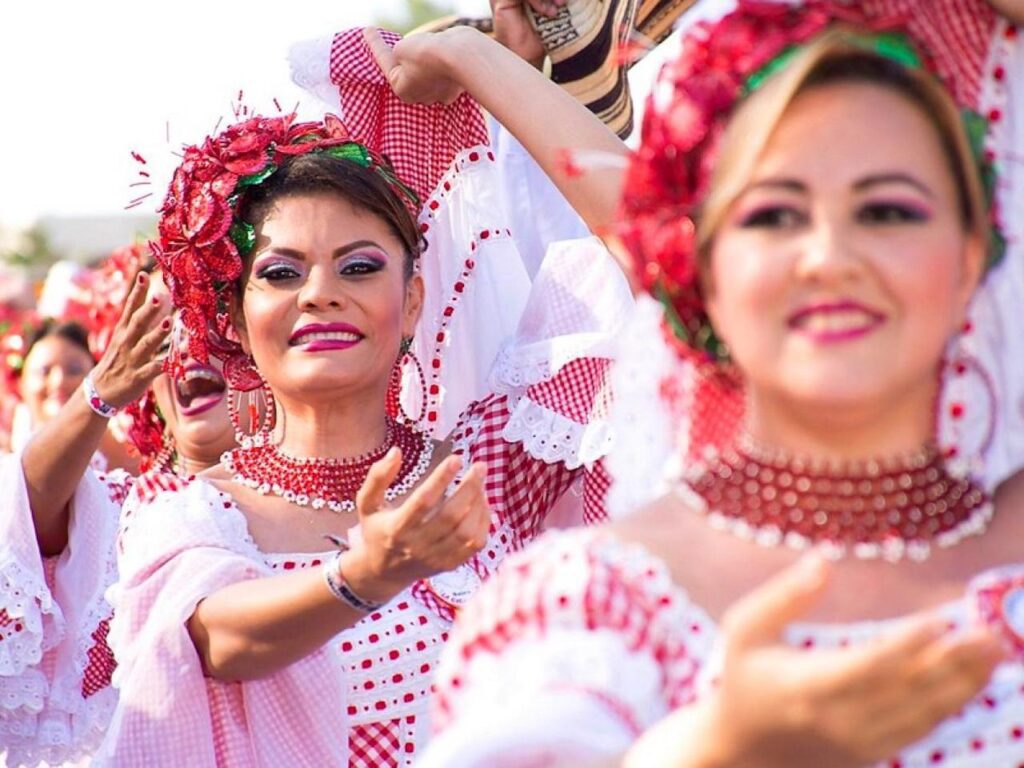
Conclusion
Cumbia is a testament to the power of dance as a means of cultural expression and connection. The differences in how cumbia is danced in Mexico City and Colombia highlight the influence of historical context, regional culture, and urban dynamics.
While Colombia’s traditional cumbia emphasizes cultural heritage and historical symbolism, Mexico City’s interpretation showcases the city’s creative fusion and urban flair. Ultimately, both expressions of cumbia celebrate the genre’s vibrant rhythm and the joy of dance, proving that cumbia’s rhythmic heartbeat resonates in diverse ways across borders and cultures.
If you’re ready to take the plunge and embark on your future as a latin dancer, check out Salsa Sana, learn all about the dancer life and start your dance training online.





